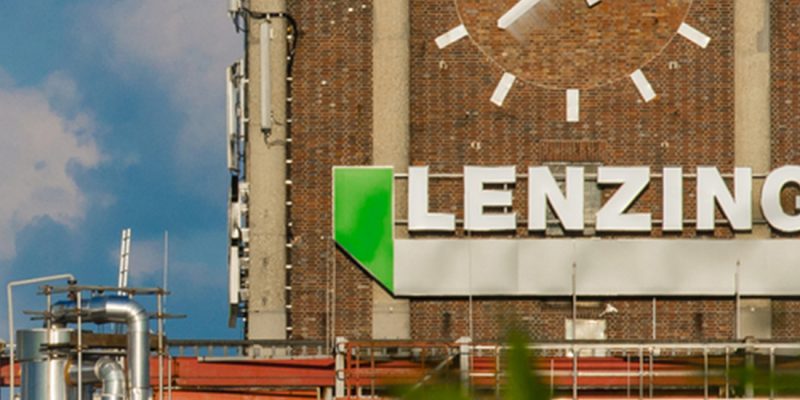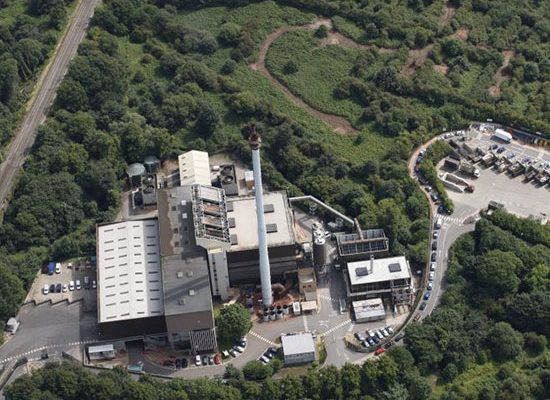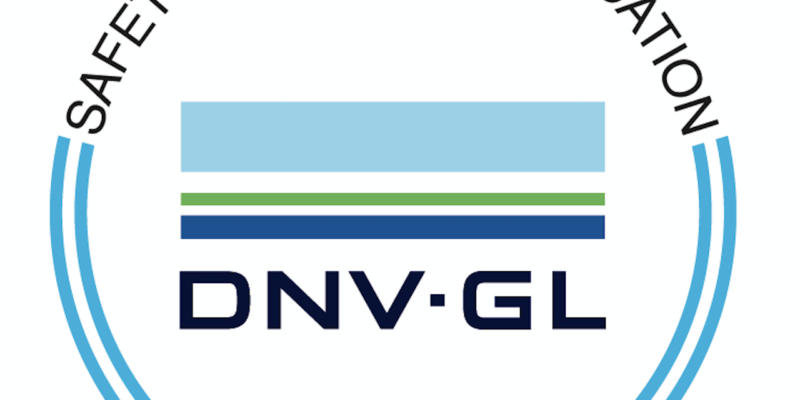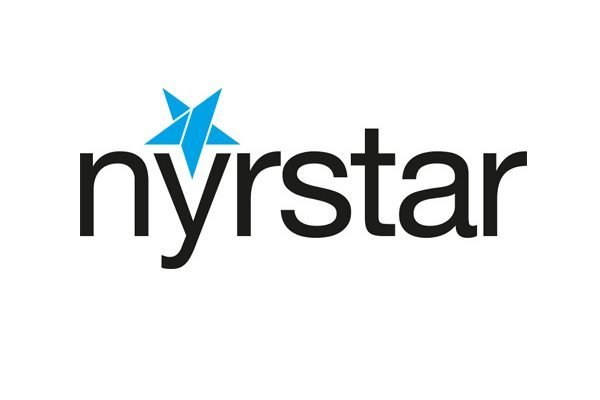Online Cleaning Technologies can seem like a hugely complex operation and there are many questions and facts surrounding our methods and solutions. The FAQ’s section is here to help cover every possible question about these solutions and provide the basic facts based on different scenarios that Installations might find themselves in.
What is the difference between offline and online cleaning?
Online cleaning is carried out with the boiler in full operation at up 100% load if possible. This involves the use of a cooling medium to ensure the charge remains stable while being positioned in the boiler.
Offline cleaning is carried out once a plant has shut down and the temperature is not critical to the charges. Offline cleans are normally carried at the start of an outage or as part of a safety clean in a furnace or firebox.
What are the main risks of shockwave de-slagging?
The risks to plant and personnel during de-slagging are minimal as long as the plant is in a good state of maintenance and safety procedures are followed. Online Cleaning Technologies always aims to minimize these risks by use of the Safe System of Work and continuous training and development of employees.
Is there a cost/benefit analysis of detonative cleaning?
Yes, this can be explained in a personal meeting by a commercial manager from Online Cleaning Technologies.
How often does an installation needs online versus offline cleaning?
This can vary depending on the plant design and requirements. However Online Cleaning involves 90% of all work as the operational benefits of keeping a plant running are always the priority.
What is more effective; online or offline cleaning?
Both processes can be extremely effective depending on boiler access. However the preference would be to use Online cleaning with good access as a preventative maintenance regime.
What is the main difference between linear cleaning and stickblasting?
The main difference between the linear cleaning and stick blasting is the positioning of the charges and the effect. The linear cleaning method can be used to clean the gas lanes of tube bundles throughout the full depth of the bundle, while stick blasting is more routinely used to clean empty passes and furnaces.
With linear cleaning, it is possible to clean right in the heart of the installation, while with stick blasting only areas near the entrance can be cleaned. And, using the linear system, plants can run for up to two years providing they have the correct cleaning frequency and boiler access.
What is the difference in shut down cycles with linear cleaning versus standard stick blasting?
By using the linear system, plants can run for up to 2 years with the correct cleaning frequency and access to the boiler without suffering fouling issues in the boiler.
How safe are shockwaves and the cleaning processes?
Shockwaves are very safe. The likelihood that the materials will detonate prematurely is next to impossible due to our adherence to a strict safety protocol. Only the safest materials are used due to the work environment and surroundings. As an extra safety measure, all our equipment is WIFI controlled to ensure the safest working practices.
What type of experience do our teams have?
Each team lead (Shockwave Engineer) has between 8 and 22 years of experience, working in various shockwave fields. All of our supervisors have extensive work experience and education in the boiler and heavy industry.
Do you stay inside the boiler to blast?
No, online we use existing doors and openings. During an offline clean we can enter the installation to speed up the cleaning process by placing multi shots at once before leaving the area.
How do the shockwaves remove the ash?
The percussion, shockwave, and tube vibration work together to break loose the material between and on the tubes.
How much time does it take to clean a boiler?
It all depends on the job scope, boiler size, type / hardness of material, and installation scheduling. A site visit will be necessary to give a good scope based on our experience.
What areas of the boiler can shockwave cleaning be used in?
We can use shockwaves in every area based on access. For example, the firebox, pendants, slope area, empty paths, super heaters, economizers, precips, screens, hoppers etc. We can also clear clinker grinders, unplug ash and lime silos.
How does shockwave cleaning compare to manual cleaning?
Manual cleaning is time consuming and only removes about 30-40% of the contamination (ash). What may take 5-6 days, 24 hours per day, manually to complete, Online Cleaning Technology would only take 10-12 hours with shockwaves to reduce it to 2-3 days manually work.
What type of shifts do we work?
We work an 8 to 10-hour shift rather than a 12-hour shift. After about 9 hours you start to get tired, your production drops tremendously, and safety becomes a major factor. For safety reasons, we will not work more than 12 hours regardless of the situation. If we see that we cannot finish in 10 hours we will call in another crew to finish or stop the operation and get 8-10 hours of sleep and return to finish the job.
Do you need draft on to blast for shockwave cleaning?
We always need a certain draft for safety and to get rid of the dust.
How does shockwave cleaning or de-slagging compare to hydro blasting?
Shockwave cleaning is safer and quicker than hydro blasting. Shockwaves clean and break up all of the ash regardless of how hard or soft it is, whether location or amount. Some areas cannot be cleaned with hydro blasting. Shockwave de-slagging reaches all the caking between the tube bundles. With hydro blasting, only gas pass lanes are cleaned. Hydro blasting is time consuming and only removes a fraction of the contamination. Finally, with shockwave cleaning there is no water in your boiler to clean up.
Who does your vacuuming and hydro blasting service?
We can sub-contract local industrial cleaning companies with the right experience or use your in-house company for our vacuum and hydro services.





